
Formative Dialectic
Onground Gallery, Seoul, South Korea
2014
Collaboration with Studio SMA
The <Formative Dialectic> is a series of dialectic investigations that explores the formal elements of sculpture-painting-architecture.
Joon-Hong Min draws impression of his experiences in cities, and Seung-Bum Ma transforms Min’s drawings into three dimensional architectural spaces. They create three-dimensional artifacts that can be categorized as sculpture. They adhere to a labor-intensive process through designing, cutting, drawing, and gluing elements of artifacts with hands like craftsman. At the same time, they try to avoid pedantic as well as ostentatious attitudes. Their analogue and handicraft approach that demands time reveals solidity, authenticity, and honesty.
It is difficult to define their work’s format. It may be classified as a sculpture since it occupies three dimensional spaces, while the lines drawn on the surface seem as if they are a part of an abstract painting. Moreover, repetitive horizontal as well as vertical components of their work are reminding us of classic architectural elements, such as a colonnade, pilotis, and a corridor. I would, therefore, like to call their work as a ‘Construction’. (Refer to Alexander Rodchenko and Sol Lewitt). This is because their work traverses boundary of sculpture, painting, and architecture.
Spatial drawings based on perspective representation are reinvented to three dimensional solid under new mathematical rules. Outlines of their work create not a shape of square or rectangle, but a shape of trapezoid and lozenge. This leads us to experience completely different scenes of the space by where we stand. At some point, the space seems created by strict perspective rules, but at certain point, a scene gives drastic spatial experience. And finally, it appears like a surrealistic space that distorts perspective representation. At this moment, the perspective representation is dismantled, and the uniqueness of calculated vanishing point is dissolved while a beholder appreciates the work. I can say that this series of experience gives us a visual delight that betrays the logic of perspective rule on which it actually grounded.
Eventually, Euclidian geometry cannot explain nor describe the architectural space of their ‘Construction’. It is rather a topological space. By the topological space, I mean the space where the relationships among components of Construction generate the meanings of the space itself. However, ironically, a void space which is not occupied by the work produces the meaning. The lines, void spaces, and positive and negative characteristic of the three dimensional structure’s unevenness are intertwined with each other, and they keep subverting and changing the meaning of the work. All the procedures start from a viewer’s perspective. Here, the void space works as ‘the void’ of Lacan. It is a paradoxical element that does not possess any meanings but provokes any meanings, denying any inclusion in sculpture-painting-architecture.
Solkoo Choi
Art Consultant

Formative Dialectic 02, 178(w)cm x 42(h)cm x 54(d)cm, 2014

Formative Dialectic 02, 178(w)cm x 42(h)cm x 54(d)cm, 2014

Formative Dialectic 02, 178(w)cm x 42(h)cm x 54(d)cm, 2014

Formative Dialectic 02, 178(w)cm x 42(h)cm x 54(d)cm, 2014

Formative Dialectic 02, 178(w)cm x 42(h)cm x 54(d)cm, 2014

Formative Dialectic 02, 178(w)cm x 42(h)cm x 54(d)cm, 2014

Formative Dialectic 02, 178(w)cm x 42(h)cm x 54(d)cm, 2014

Formative Dialectic 04, 92(w)cm x 92(h)cm x 246(d)cm, 2014

Formative Dialectic 04, 92(w)cm x 92(h)cm x 246(d)cm, 2014

Formative Dialectic 04, 92(w)cm x 92(h)cm x 246(d)cm, 2014

Formative Dialectic 04, 92(w)cm x 92(h)cm x 246(d)cm, 2014

Formative Dialectic 04, 92(w)cm x 92(h)cm x 246(d)cm, 2014

Formative Dialectic 04, 92(w)cm x 92(h)cm x 246(d)cm, 2014

Formative Dialectic 04, 92(w)cm x 92(h)cm x 246(d)cm, 2014

The Plan for The Exhibition 'Formative Dialectic', 2014

The Plan for The Exhibition 'Formative Dialectic', 2014

The Plan for The Exhibition 'Formative Dialectic', 2014

The Plan for The Exhibition 'Formative Dialectic', 2014

Formative Dialectic Plan for the exhibition, 2014The Plan for The Exhibition 'Formative Dialectic', 2014

The Plan for The Exhibition 'Formative Dialectic', 2014

The Plan for The Exhibition 'Formative Dialectic', 2014

The Plan for The Exhibition 'Formative Dialectic', 2014

The Plan for The Exhibition 'Formative Dialectic', 2014

The Plan for The Exhibition 'Formative Dialectic', 2014

The Plan for The Exhibition 'Formative Dialectic', 2014

The Plan for The Exhibition 'Formative Dialectic', 2014

The Plan for The Exhibition 'Formative Dialectic', 2014

The Plan for The Exhibition 'Formative Dialectic', 2014
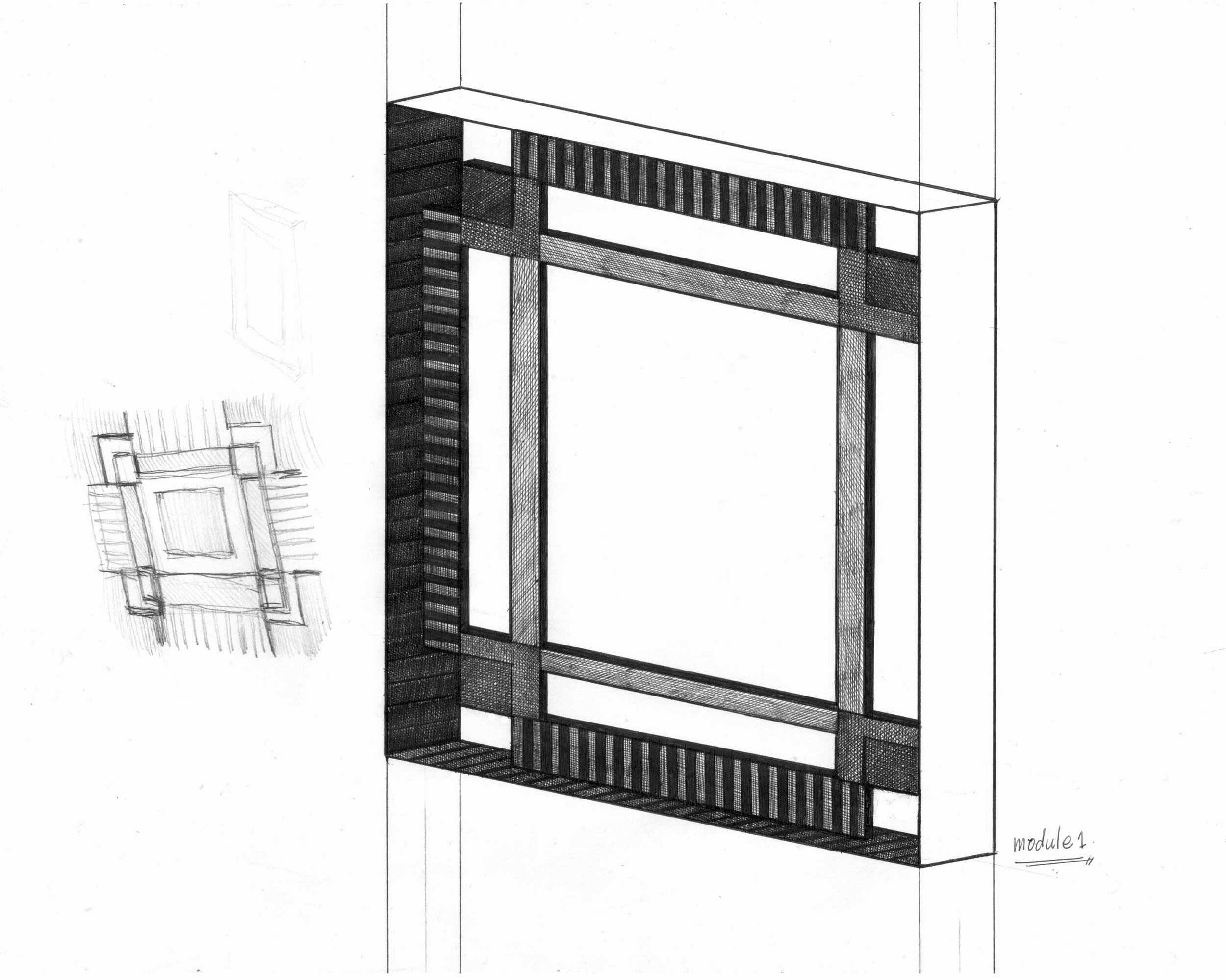
The Plan for The Exhibition 'Formative Dialectic', 2014

The Plan for The Exhibition 'Formative Dialectic', 2014
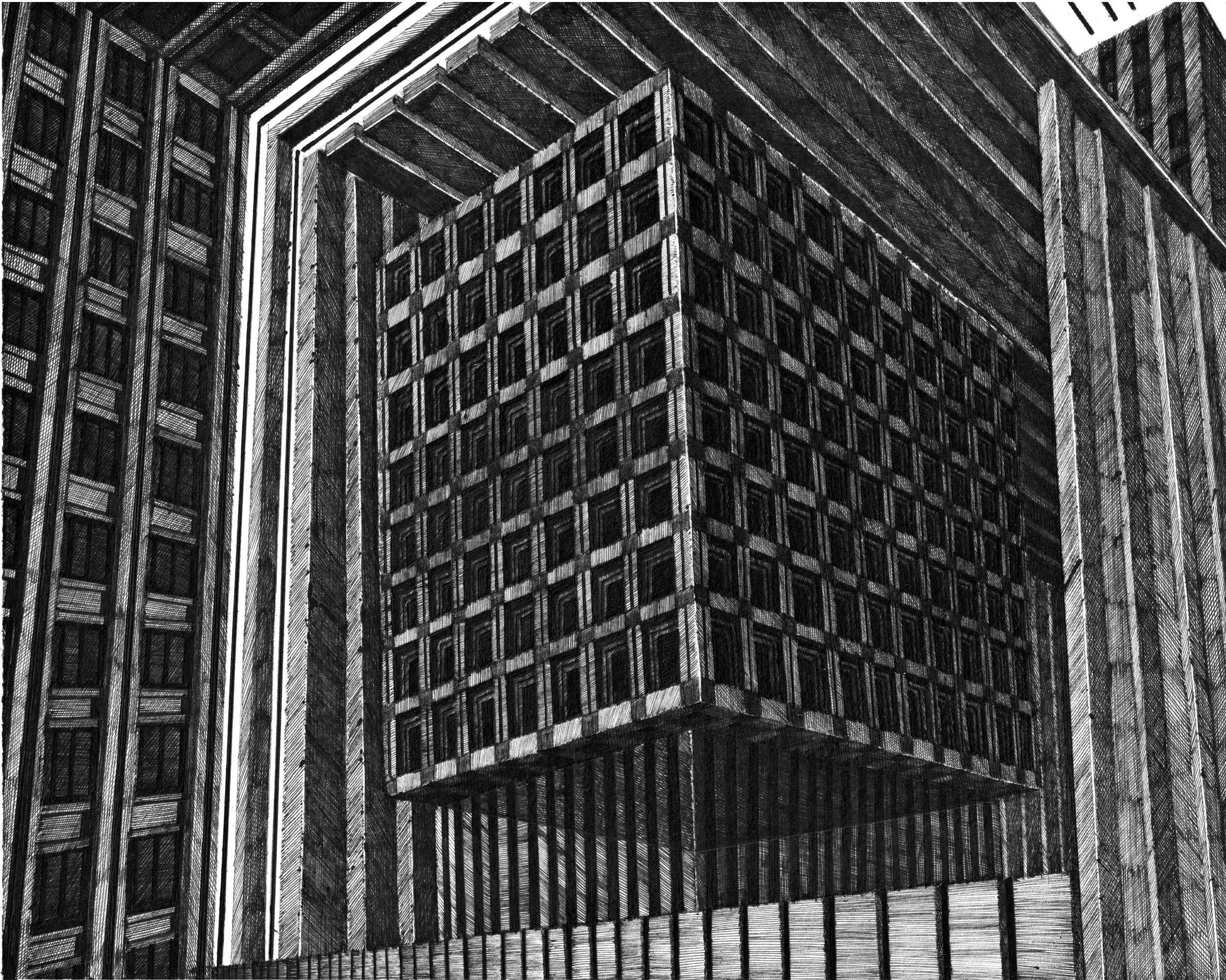
The Plan for The Exhibition 'Formative Dialectic', 2014
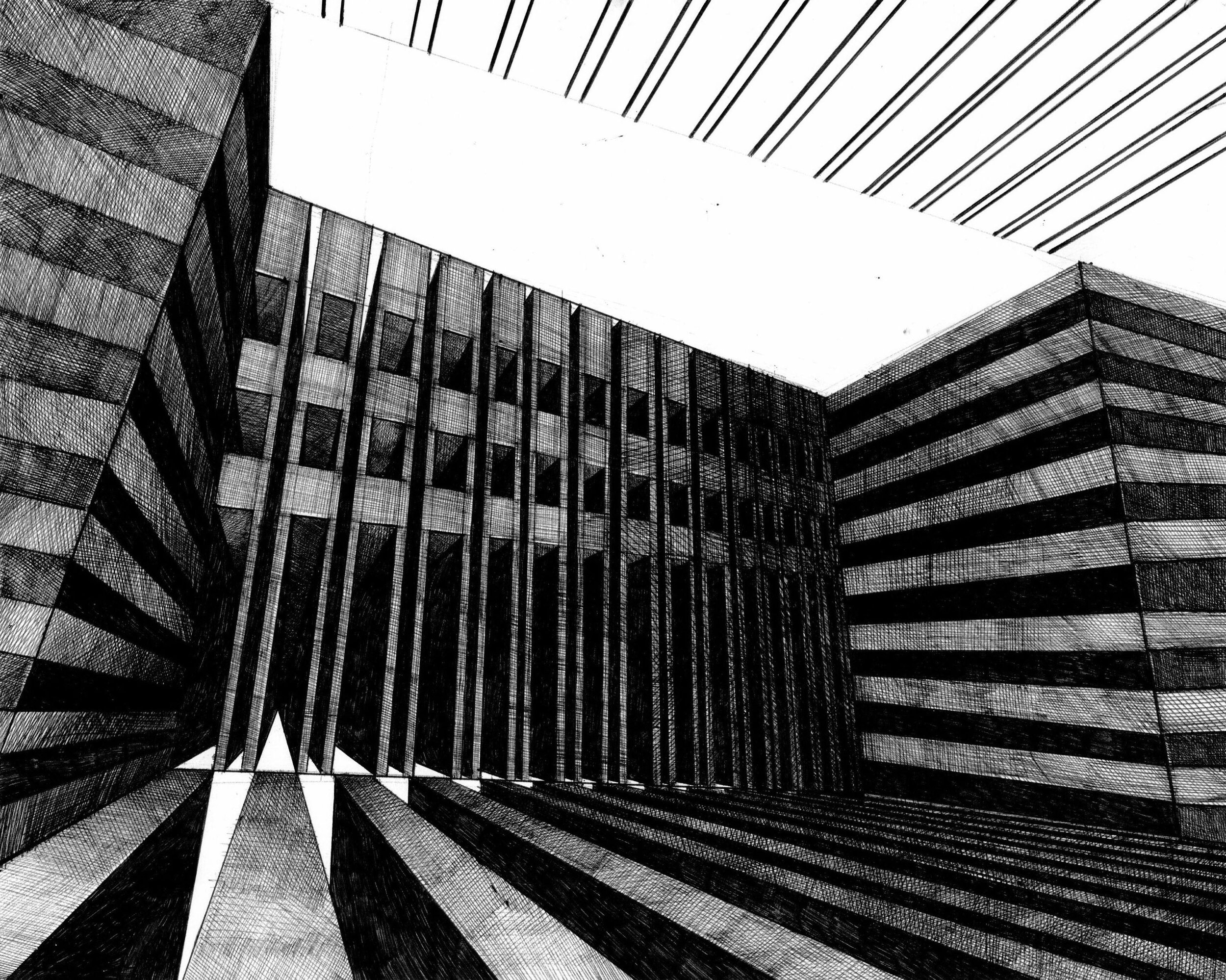
The Plan for The Exhibition 'Formative Dialectic', 2014
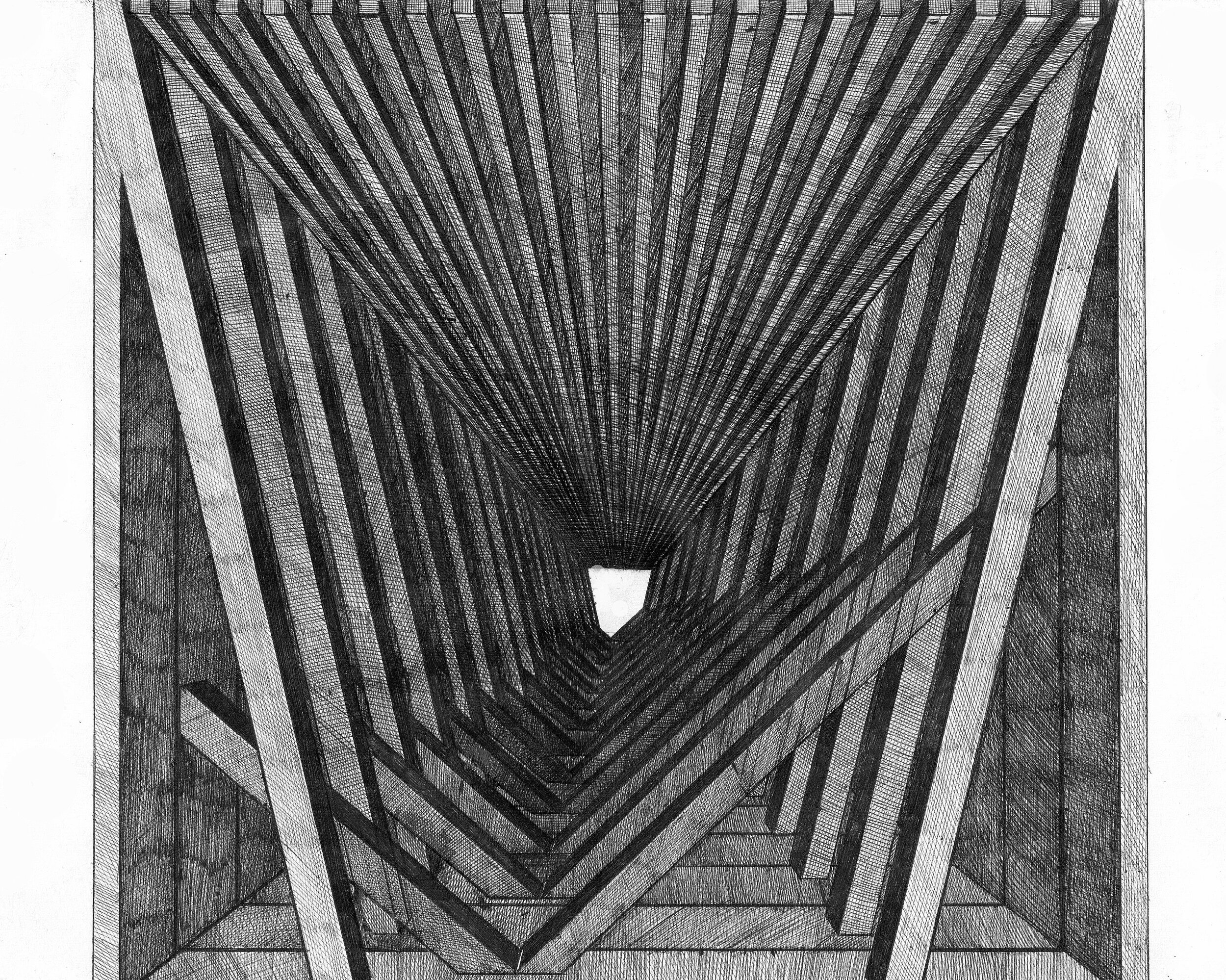
The Plan for The Exhibition 'Formative Dialectic', 2014
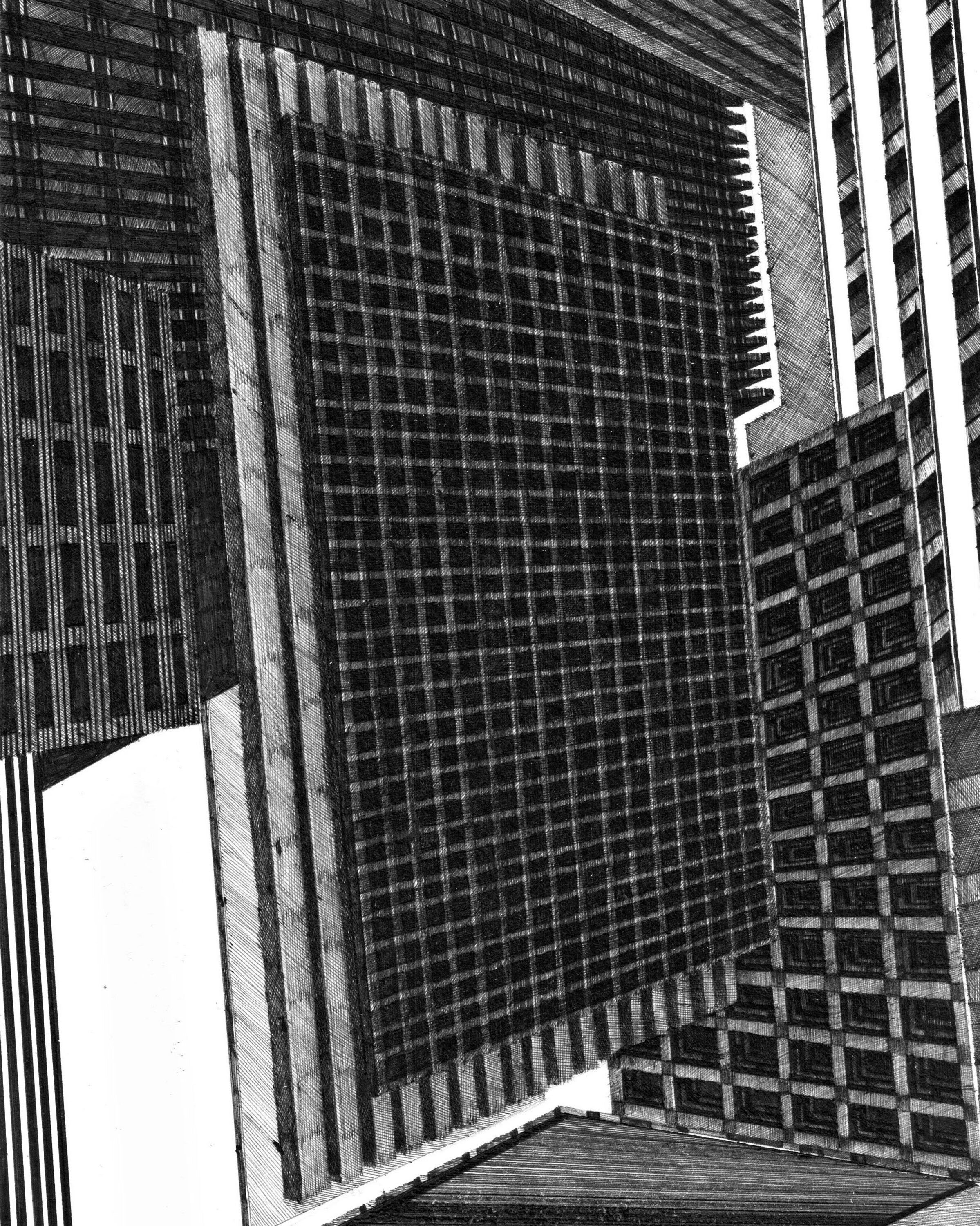
The Plan for The Exhibition 'Formative Dialectic', 2014
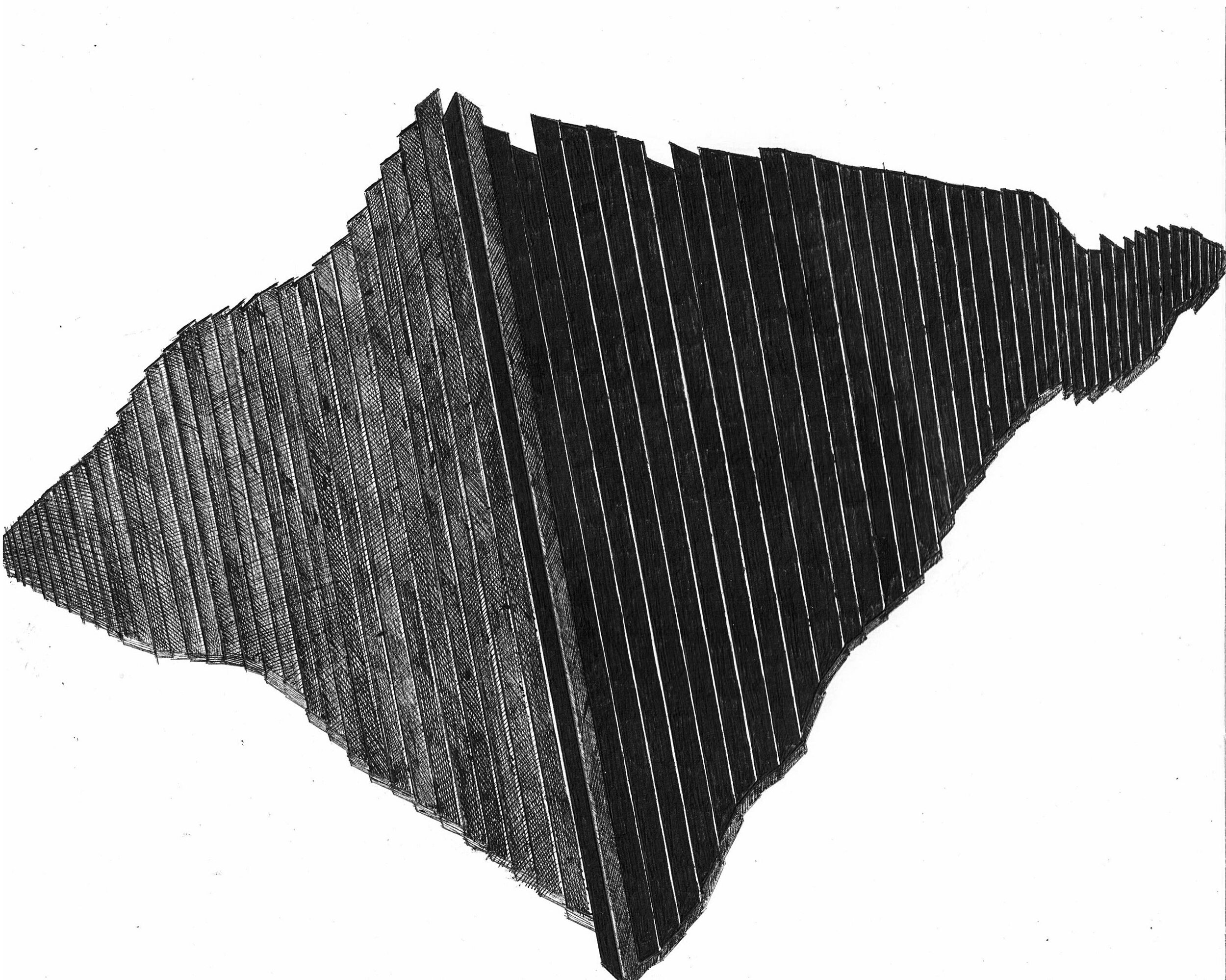
The Plan for The Exhibition 'Formative Dialectic', 2014

The Plan for The Exhibition 'Formative Dialectic', 2014

The Plan for The Exhibition 'Formative Dialectic', 2014

The View of The Archive Room For The Exhibition 'Formative Dialectic', 2014

The View of The Archive Room For The Exhibition 'Formative Dialectic', 2014

The View of The Archive Room For The Exhibition 'Formative Dialectic', 2014

The View of The Archive Room For The Exhibition 'Formative Dialectic', 2014

The View of The Archive Room For The Exhibition 'Formative Dialectic', 2014

The View of The Archive Room For The Exhibition 'Formative Dialectic', 2014

The View of The Archive Room For The Exhibition 'Formative Dialectic', 2014

The View of The Archive Room For The Exhibition 'Formative Dialectic', 2014

The View of The Archive Room For The Exhibition 'Formative Dialectic', 2014

The View of The Archive Room For The Exhibition 'Formative Dialectic', 2014

The View of The Archive Room For The Exhibition 'Formative Dialectic', 2014

The View of The Archive Room For The Exhibition 'Formative Dialectic', 2014

The View of The Archive Room For The Exhibition 'Formative Dialectic', 2014

The View of The Archive Room For The Exhibition 'Formative Dialectic', 2014
















